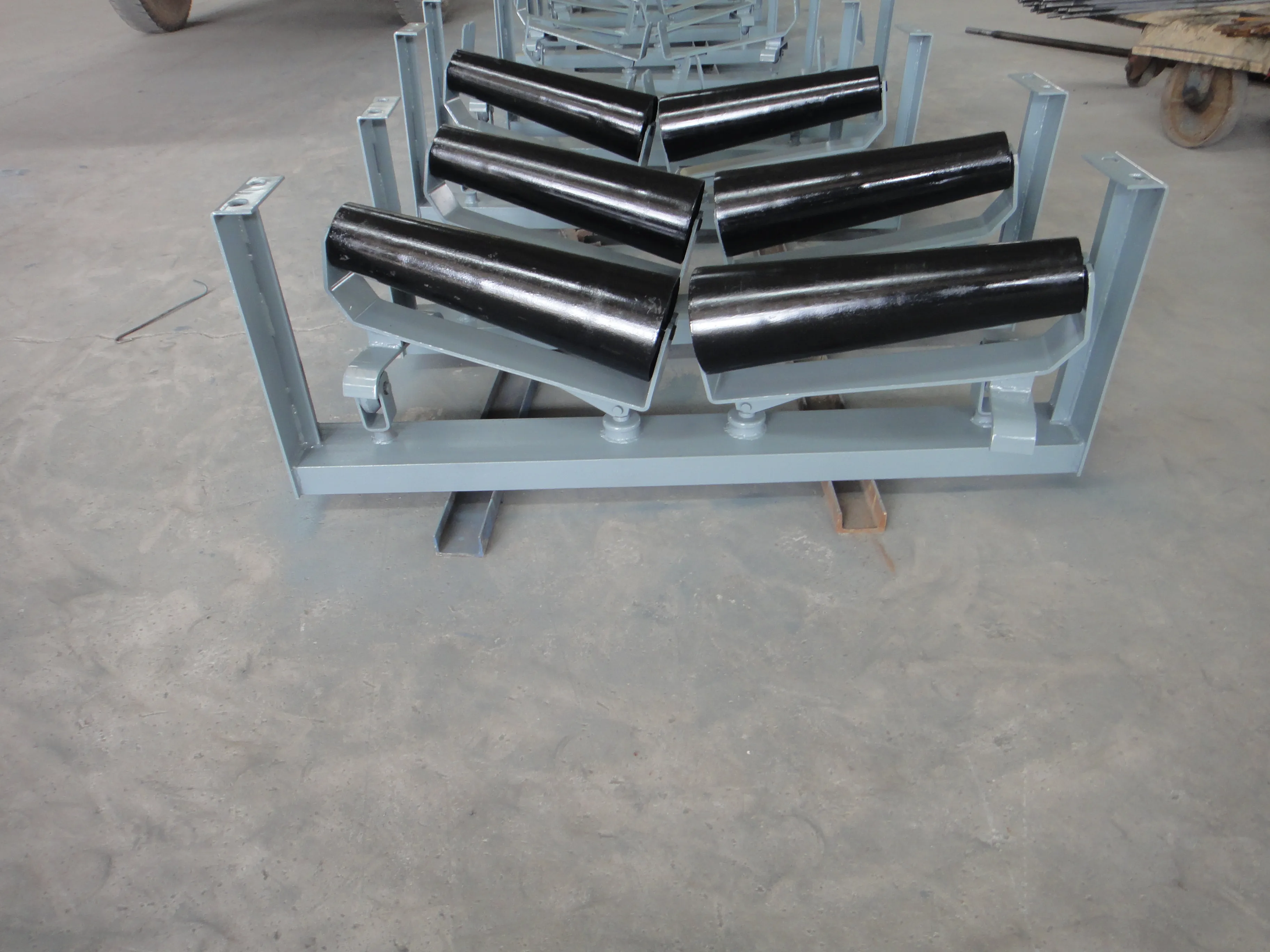 Afrikaans
Afrikaans  Albanian
Albanian  Amharic
Amharic  Arabic
Arabic  Armenian
Armenian  Azerbaijani
Azerbaijani  Basque
Basque  Belarusian
Belarusian  Bengali
Bengali  Bosnian
Bosnian  Bulgarian
Bulgarian  Catalan
Catalan  Cebuano
Cebuano  Corsican
Corsican  Croatian
Croatian  Czech
Czech  Danish
Danish  Dutch
Dutch  English
English  Esperanto
Esperanto  Estonian
Estonian  Finnish
Finnish  French
French  Frisian
Frisian  Galician
Galician  Georgian
Georgian  German
German  Greek
Greek  Gujarati
Gujarati  Haitian Creole
Haitian Creole  hausa
hausa  hawaiian
hawaiian  Hebrew
Hebrew  Hindi
Hindi  Miao
Miao  Hungarian
Hungarian  Icelandic
Icelandic  igbo
igbo  Indonesian
Indonesian  irish
irish  Italian
Italian  Japanese
Japanese  Javanese
Javanese  Kannada
Kannada  kazakh
kazakh  Khmer
Khmer  Rwandese
Rwandese  Korean
Korean  Kurdish
Kurdish  Kyrgyz
Kyrgyz  Lao
Lao  Latin
Latin  Latvian
Latvian  Lithuanian
Lithuanian  Luxembourgish
Luxembourgish  Macedonian
Macedonian  Malgashi
Malgashi  Malay
Malay  Malayalam
Malayalam  Maltese
Maltese  Maori
Maori  Marathi
Marathi  Mongolian
Mongolian  Myanmar
Myanmar  Nepali
Nepali  Norwegian
Norwegian  Norwegian
Norwegian  Occitan
Occitan  Pashto
Pashto  Persian
Persian  Polish
Polish  Portuguese
Portuguese  Punjabi
Punjabi  Romanian
Romanian  Russian
Russian  Samoan
Samoan  Scottish Gaelic
Scottish Gaelic  Serbian
Serbian  Sesotho
Sesotho  Shona
Shona  Sindhi
Sindhi  Sinhala
Sinhala  Slovak
Slovak  Slovenian
Slovenian  Somali
Somali  Spanish
Spanish  Sundanese
Sundanese  Swahili
Swahili  Swedish
Swedish  Tagalog
Tagalog  Tajik
Tajik  Tamil
Tamil  Tatar
Tatar  Telugu
Telugu  Thai
Thai  Turkish
Turkish  Turkmen
Turkmen  Ukrainian
Ukrainian  Urdu
Urdu  Uighur
Uighur  Uzbek
Uzbek  Vietnamese
Vietnamese  Welsh
Welsh  Bantu
Bantu  Yiddish
Yiddish  Yoruba
Yoruba  Zulu
Zulu u groove guide rollers
Understanding U Groove Guide Rollers Functionality and Applications
U groove guide rollers are essential components utilized in various industrial, manufacturing, and mechanical applications. These rollers are specifically designed to navigate along U-shaped tracks or grooves, offering a combination of stability, control, and efficient movement. This article delves into the functionality, applications, and benefits of using U groove guide rollers in different industries.
What Are U Groove Guide Rollers?
U groove guide rollers are cylindrical rollers that feature a U-shaped groove along their circumference. This unique design allows them to fit securely within corresponding U-shaped tracks or rails, ensuring smooth movement while minimizing lateral displacement. The rollers are typically made from durable materials, such as steel, nylon, or polycarbonate, making them suitable for various operating environments.
Functionality
The primary function of U groove guide rollers is to facilitate the movement of objects along fixed paths. When mounted on a U-shaped track, the roller can rotate freely, reducing friction and allowing for smoother transitions during operation. This rotation is essential in applications where high speed and precision are required. Additionally, U groove guide rollers help distribute weight evenly, which is crucial for preventing wear and tear on both the roller and the track.
Key Benefits
1. Smooth Movement The design of U groove guide rollers significantly minimizes friction between the roller and the track, resulting in smooth and consistent motion. This is particularly important in applications such as conveyor systems and automated machinery, where speed and efficiency are critical.
2. Load Distribution U groove guide rollers help evenly distribute loads, reducing the risk of damage to the roller and the track. This characteristic is vital in environments where heavy materials are transported.
3. Versatility These rollers can be used in a wide range of applications, including sliding doors, conveyor systems, and material handling equipment. Their adaptability makes them suitable for various industries, from manufacturing to aerospace.
4. Durability Made from robust materials, U groove guide rollers can withstand harsh conditions and heavy loads, enhancing their lifespan and reducing the need for frequent replacements.
u groove guide rollers

Common Applications
U groove guide rollers find their application in a variety of industries, including
- Manufacturing In manufacturing plants, guide rollers are often used in conveyor systems to ensure materials are moved smoothly from one station to another. This is crucial for maintaining efficiency in assembly lines.
- Automated Systems In automated machinery, U groove guide rollers facilitate precise movement, essential for robotics and automated guided vehicles (AGVs) that transport materials within warehouses.
- Construction These rollers are used in sliding door systems and heavy equipment, ensuring efficient operation and enhancing the safety of heavy machinery.
- Aerospace In the aerospace sector, U groove guide rollers are utilized in assembly lines for aircraft components, where precision and reliability are paramount.
- Furniture and Cabinetry Many modern furniture designs incorporate U groove guide rollers in sliding doors or drawers, providing aesthetic appeal along with functional movement.
Conclusion
U groove guide rollers are an integral part of many mechanical and industrial systems. Their unique design and functionality offer a multitude of benefits, including smooth movement, load distribution, versatility, and durability. As industries continue to evolve and move towards more automated and efficient solutions, the importance of high-quality guide rollers will only grow. Whether in manufacturing, aerospace, or everyday furniture, U groove guide rollers will play a crucial role in enhancing operational efficiency and effectiveness. Understanding their functionality and applications is essential for anyone involved in design, engineering, or maintenance in related fields.
-
Revolutionizing Conveyor Reliability with Advanced Rubber Lagging PulleysNewsJul.22,2025
-
Powering Precision and Durability with Expert Manufacturers of Conveyor ComponentsNewsJul.22,2025
-
Optimizing Conveyor Systems with Advanced Conveyor AccessoriesNewsJul.22,2025
-
Maximize Conveyor Efficiency with Quality Conveyor Idler PulleysNewsJul.22,2025
-
Future-Proof Your Conveyor System with High-Performance Polyurethane RollerNewsJul.22,2025
-
Driving Efficiency Forward with Quality Idlers and RollersNewsJul.22,2025





























